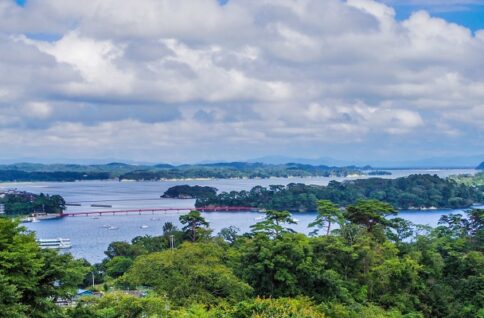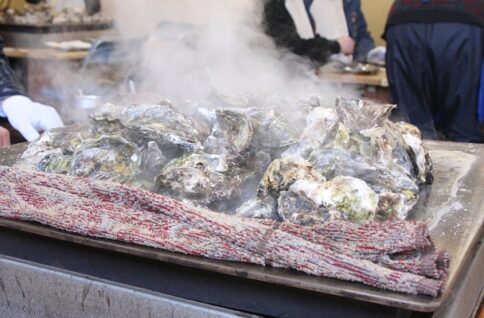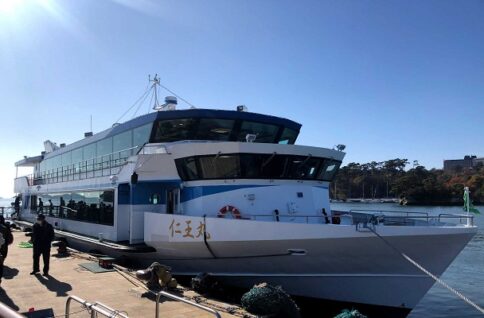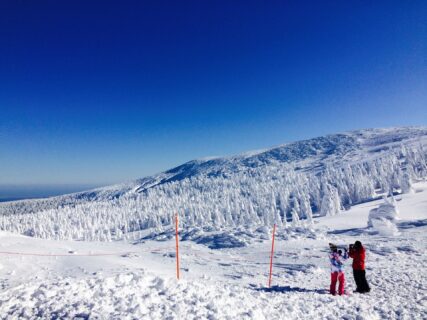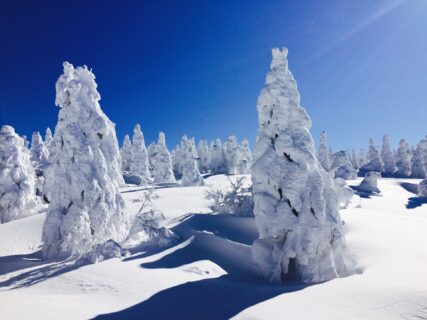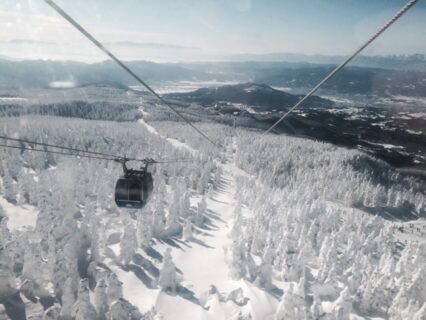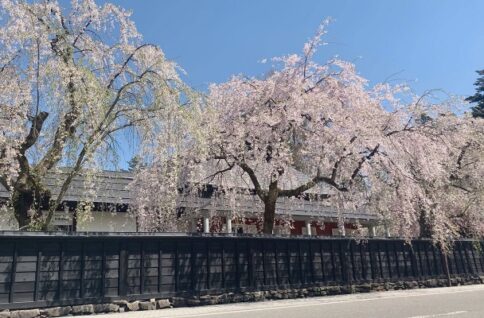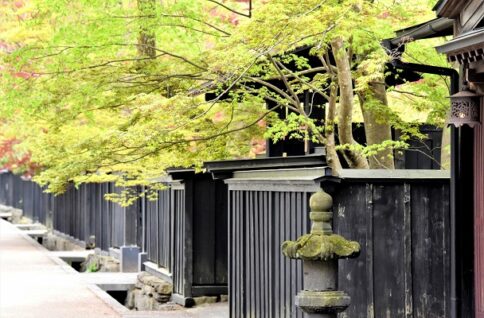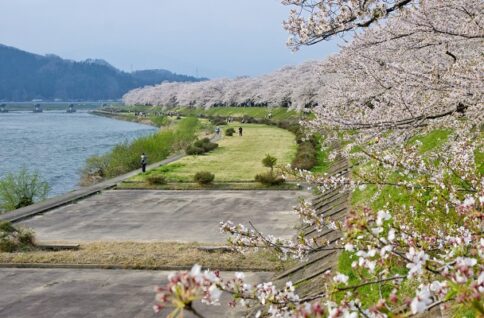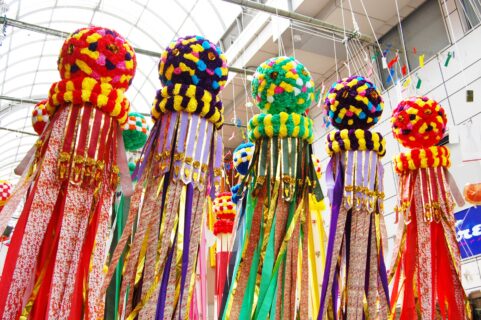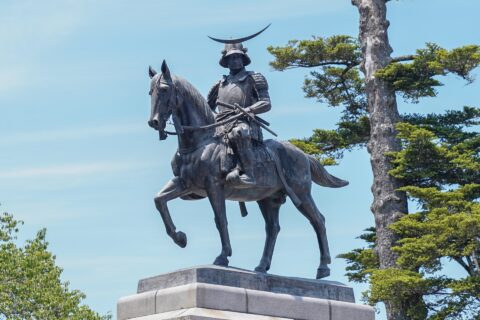The Tohoku region consists of six prefectures. It is famous for the rural landscape, mountains, lakes and hot springs. Enjoy outdoor activities in summer and also skiing in winter in this vast land. Each prefecture has its own traditional summer festivals. One of the most famous ones is Aomori's Nebuta Festival.
Highlights
Matsushima
Enjoy the magnificent views of Matsushima Bay, which is ranked as one of the three most scenic spots in Japan. It only takes about 40 minutes by train and walks from Sendai City, the capital city of Miyagi prefecture. A boat ride is the best way to see the 260 islands in Matsushima Bay. In winter, you can enjoy oysters and other seafood to the fullest!
Zao Ski Resort and Onsen
Mt. Zao straddles over Yamagata and Miyagi prefectures, and the Zao hot spring on the Yamagata side is known for its strong acidity that makes your skin and blood vessels rejuvenate. Snow covers the Zao mountains in winter making this area to be one of the best hot spring ski resorts in Japan. An unusual natural phenomenon called snow monsters can also be seen on the top of the Zao mountain.
Kakunodate
Kakunodate Town in Akita prefecture is known as a castle town with many historical buildings. In spring, you can enjoy hundreds of weeping cherry trees with a beautiful bloom of cherry blossom flowers. The samurai residences have a history of about 400 years. A historical museum located in Kakunodate offers a hands-on experience of touching a sword. You will have a chance to feel and touch Japanese history.
Sendai
As the largest city in the Tohoku region, Sendai is the best central city for traveling around Tohoku. During the Tanabata Festival held every summer, shopping streets in the center of the city are decorated with gorgeous ornaments. Several gourmet foods such as Gyutan (Beed Tongue), Zunda (Mashed green soybeans), and Chilled noodles are famous as well, and they are all must-tries when you are in Sendai. The city is also famous for Date Masamune, a warlord who laid the foundation for the city of Sendai, and you can learn about his history from various related tourist attractions.
More Destinations
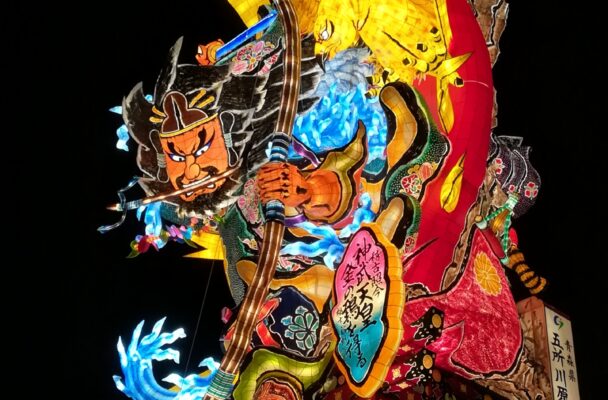
- Aomori
- Aomori prefecture is the northernmost prefecture on the main island of Japan. It is surrounded by nature and has a variety of uncommonly known famous spots. At the Nebuta Festival held every August, people dance and parade along a 3km route with handmade floats. Also, Shirakami Sanchi, a vast mountainous area located on the border between Aomori and Akita prefectures, is Japan's last virgin beech forest and is registered in the UNESCO World Heritage Site. Furthermore, Lake Towada is the largest lake in Japan, especially noteworthy for its autumn foliage. You can explore the lake by ferry, trekking, or canoeing.
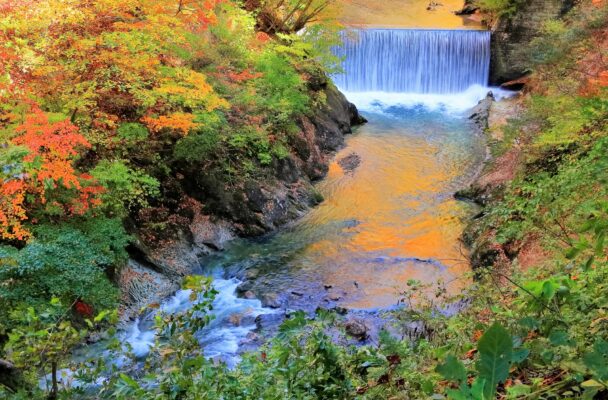
- Naruko Onsen
- Naruko Onsen has 1,000 years of history and has about 400 hot spring sources. Wear a yukata and enjoy visiting several hot springs in the onsen area! Art galleries line the streets of the hot spring resort, where you can go for a walk and take a look at many craft stores. In fall, you can enjoy the autumn leaves by hiking along the rivers and ravines.

- Hanamaki and Around
- Located in Iwate prefecture, Hanamaki is a town of stories and hot springs. At Hanamaki Onsen, you can sit and enjoy the scenery along the river from the open-air baths. It is also known as the birthplace of the famous poet and writer Kenji Miyazawa. If you are into books and reading, the Kenji Miyazawa Fairy Tale Village is one of the must-visit tourist spots. You can also enjoy a train trip on the restored steam locomotive SL Ginga running from Hanamaki to Kamaishi City- a city in Iwate prefecture.
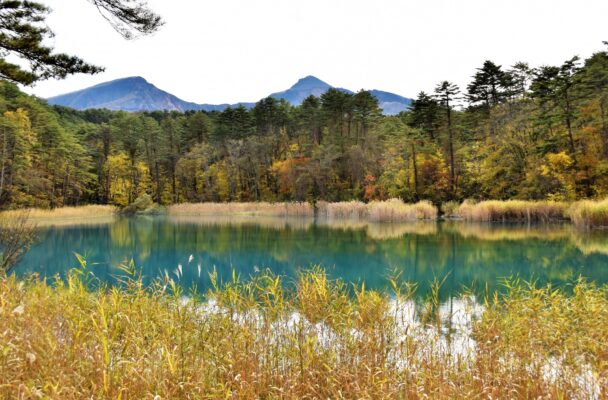
- Fukushima
- Fukushima Prefecture is easily accessible from Tokyo in about 1.5 hours by JR Tohoku Shinkansen. In Aizu-Wakamatsu, you can enjoy strolling in Ouchijuku, which remains the scenery of the Edo period with its retro buildings. In the area of Lake Inawashiro, you can enjoy skiing in the perfect powder snow at Mt. Bandai and Urabandai. Don't miss the rainbow-colored Goshiki ponds as well! Fukushima was devastated by the earthquake and tsunami in 2011, but the recovery is now well underway.





